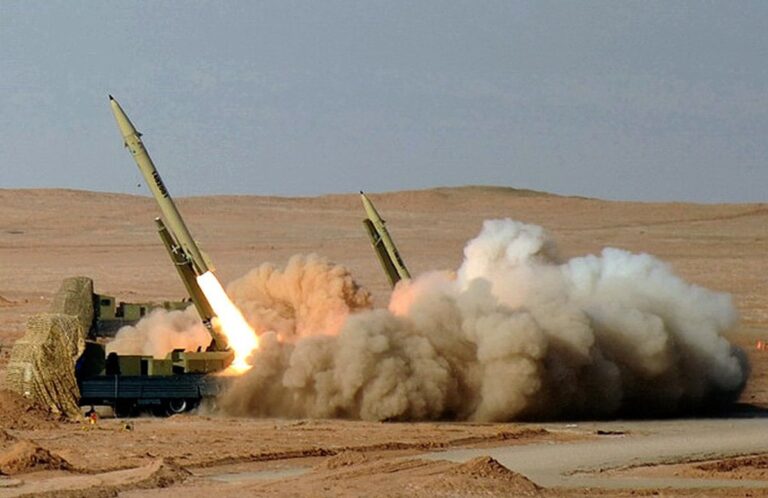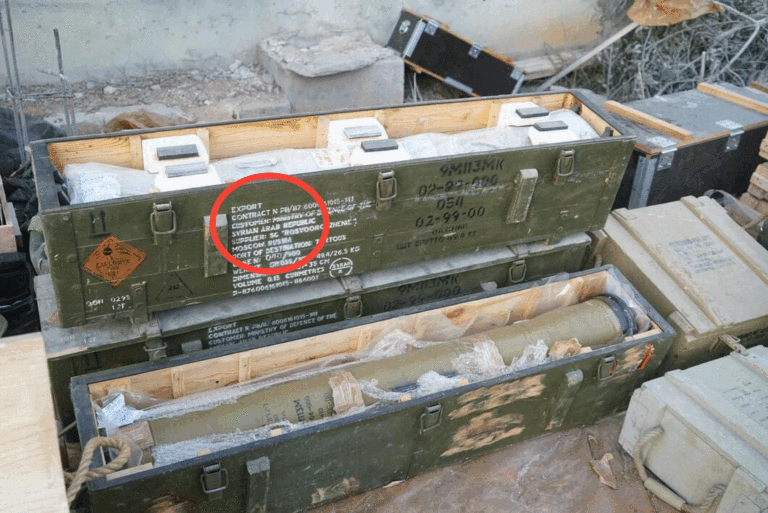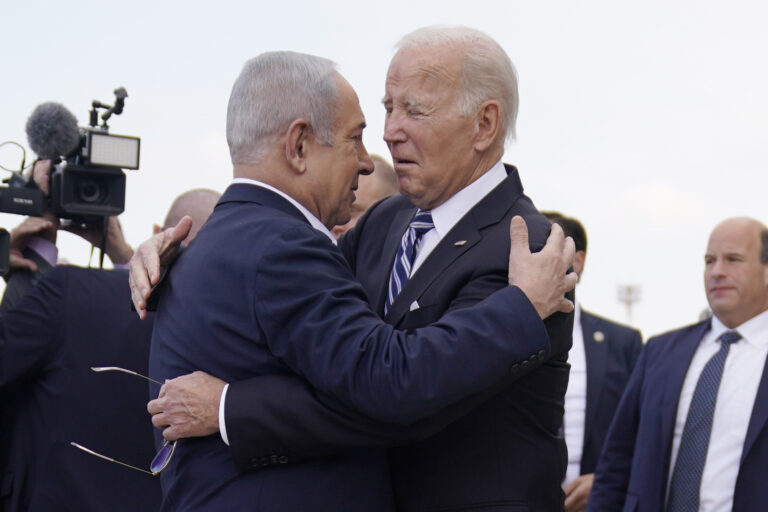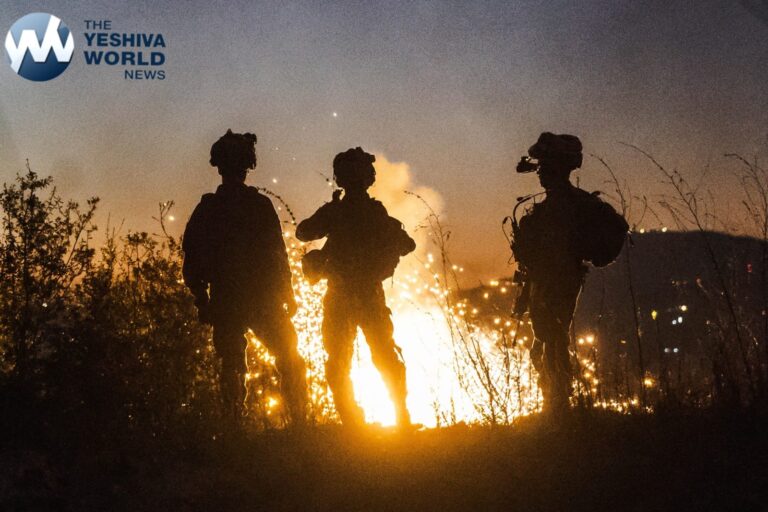North Korea’s first test of an intercontinental ballistic missile, demonstrating a dangerous new reach for weapons it hopes to top with nuclear warheads one day, is spurring U.S. demands for “global action” to counter the threat.
U.S. officials confirmed Tuesday their belief that North Korea’s latest missile launch was indeed an ICBM and joined South Korea and Japan in requesting an emergency meeting of the U.N. Security Council, scheduled Wednesday afternoon. Previously, North Korea had demonstrated missiles of short and medium range but never one able to get to the United States.
In a show of force directly responding to North Korea’s provocation, U.S. and South Korean soldiers fired “deep strike” precision missiles into South Korean territorial waters on Tuesday, U.S. military officials in Seoul said. The missile firings demonstrated U.S.-South Korean solidarity, the U.S. Eighth Army said in a statement.
Secretary of State Rex Tillerson vowed “stronger measures to hold the DPRK accountable,” using an acronym for the isolated nation’s formal name, and said: “Global action is required to stop a global threat.” Any country helping North Korea militarily or economically, taking in its guest workers or falling short on Security Council resolutions, he said, “is aiding and abetting a dangerous regime.”
Tillerson’s statement, issued Tuesday evening as most Americans were celebrating the Fourth of July holiday, notably did not mention China, whose help the Trump administration has been aggressively seeking to press Pyongyang over its nuclear weapons program.
In recent days, as the North has continued to test missiles in defiance of global pressure, President Donald Trump has started voicing doubt that Beijing is up to the task. His administration has taken a number of steps against China’s interests that have suggested its patience has run short.
Tillerson’s comments were the first public confirmation by the United States that the missile was indeed an ICBM, constituting a major technological advancement for the North and its most successful missile test yet.
The prime danger from the U.S. viewpoint is the prospect of North Korea pairing a nuclear warhead with an ICBM. The latest US intelligence assessment is that the North probably does not yet have that capability — putting a small-enough nuclear warhead atop an ICBM.
Initial U.S. military assessments had been that it was an intermediate-range missile. NORAD, or the North American Aerospace Defense Command, said the missile did not pose a threat to North America.
Trump, in his initial response to the launch on Monday evening, urged China on Twitter to “put a heavy move on North Korea and end this nonsense once and for all!” But he also said it was “hard to believe” that South Korea and Japan, the two U.S. treaty allies most at risk from North Korea, would “put up with this much longer.”
The U.S. mission to the United Nations said that U.S. Ambassador Nikki Haley had requested that the Security Council meet urgently along with the U.N. envoys from Japan and South Korea. The 3 p.m. meeting Wednesday was to be held “in the open chamber,” rather than behind closed doors.
The launch was not wholly unexpected. Daniel Coats, director of national intelligence, testified to Congress in May that the U.S. anticipated an ICBM test before the end of this year.
The Pentagon has spent tens of billions of dollars developing a missile defense system tailored to the North Korean ambition of attaining the eventual capability to attack the U.S. with a nuclear-armed missile. On May 30 the Pentagon successfully shot down a mock warhead designed to replicate the North Korean threat.
Pentagon spokeswoman Dana W. White said the U.S.-South Korea missile exercise Tuesday was meant to show “our precision fire capability.
“We remain prepared to defend ourselves and our allies and to use the full range of capabilities at our disposal against the growing threat from North Korea,” she said in a statement. “The United States seeks only the peaceful denuclearization of the Korean Peninsula. Our commitment to the defense of our allies, the Republic of Korea and Japan, in the face of these threats, remains ironclad.”
Since he entered the White House, Trump has talked about confronting Pyongyang and pushing China to increase pressure on the North, but neither strategy has produced fast results. The White House has been threatening to move forward on its own, though administration officials have not settled on next steps.
Patrick Cronin, an Asia expert with the Center for a New American Security, said Trump was probably “coming to the point of no return” with North Korea, adding that the upshot could be diplomatic overtures or military action.
“We either go to the diplomatic table with Kim Jong Un or we do take some course of action,” Cronin said. “In all probability we do both.”
Trump spoke with Chinese President Xi Jinping and Japanese Prime Minister Shinzo Abe on Monday, discussing North Korea and its nuclear program with both leaders. He will meet them both this week at the Group of 20 meeting in Germany, as well as have his first meeting with Russian President Vladimir Putin.
Trump and Xi emerged from their first meeting — in April at the U.S. president’s Florida estate — seemingly as fast friends. But China has long resisted intensifying economic pressure on neighboring North Korea, in part out of fear of the instability that could mount on its doorstep, and Trump has not found a way to break through Beijing’s old habits.
(AP)











